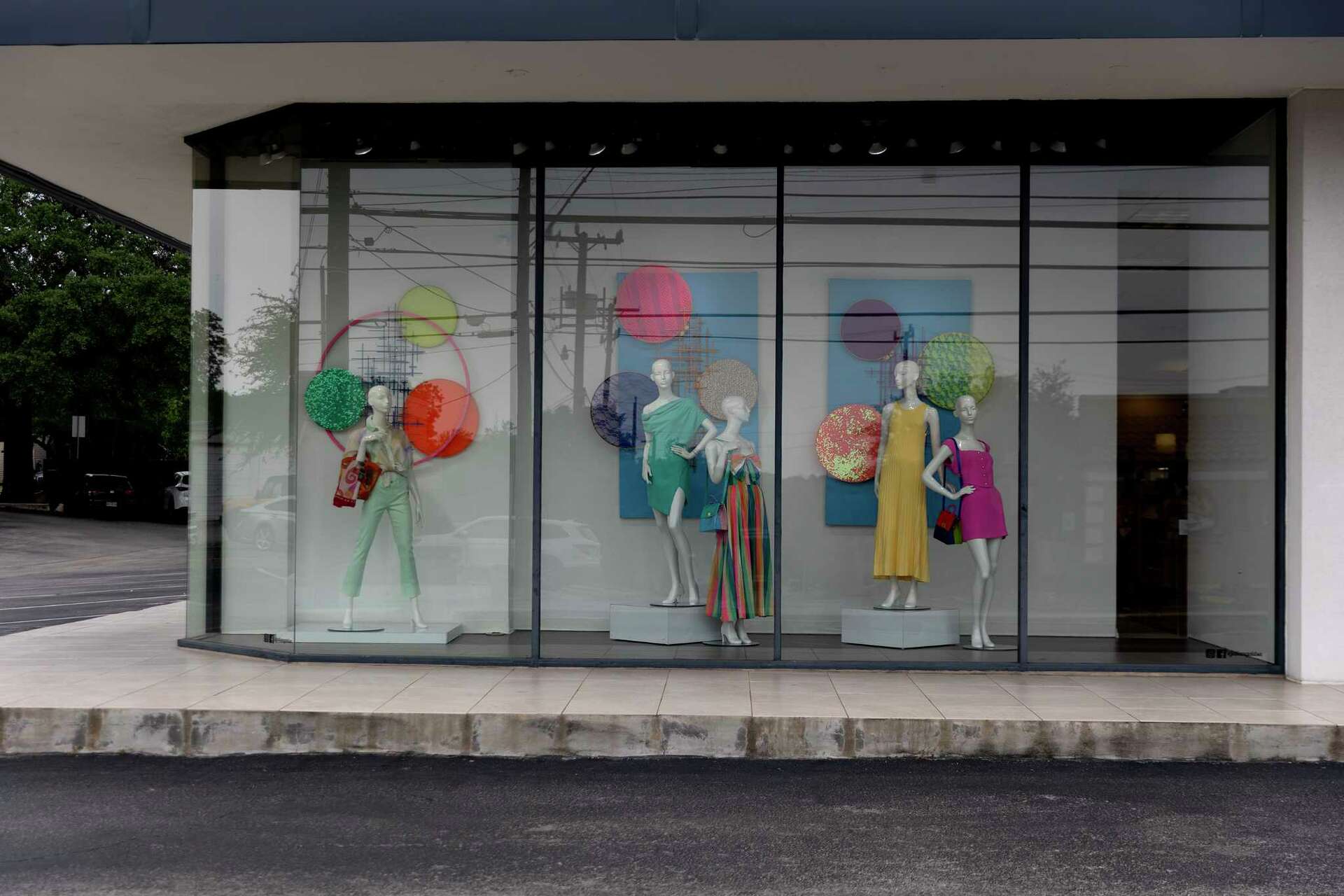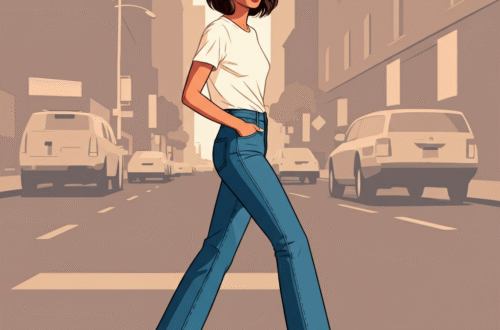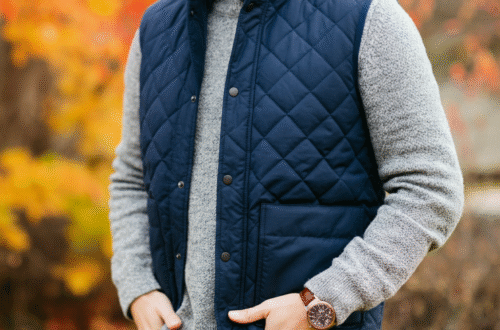Hippie fashion is one of the most iconic styles in modern history, representing freedom, self-expression, and non-conformity. Emerging in the late 1960s and early 1970s, it was more than just clothing; it was a cultural movement tied to peace, love, and individuality. Hippie outfits were filled with color, patterns, and textures that reflected nature, spirituality, and rebellion against rigid social norms. Today, hippie fashion continues to influence everything from festival wear to everyday street style, proving that its spirit of freedom never truly faded.
The Origins of Hippie Fashion
The roots of hippie fashion began in the counterculture of the 1960s. Young people were rejecting consumerism and mass-produced clothing, choosing instead handmade, second-hand, or culturally inspired outfits. Tie-dye shirts, bell-bottom jeans, and fringe jackets became symbols of individuality. Many pieces were inspired by Eastern spirituality and Native American patterns, blending cultural influences into a unique mix that stood out from mainstream fashion.
Key Characteristics of Hippie Fashion
Hippie fashion is defined by several distinct characteristics. These include:
-
Natural fabrics like cotton, wool, and hemp
-
Bright colors and psychedelic tie-dye patterns
-
Flowy silhouettes such as maxi skirts and wide-leg pants
-
Layering with shawls, ponchos, or vests
-
Handcrafted accessories like beaded necklaces and woven bracelets
-
Footwear ranging from sandals to moccasins
Each item was chosen with purpose, often handmade or thrifted, highlighting a rejection of fast fashion decades before the term existed.
Hippie Fashion and Self-Expression
Unlike mainstream fashion trends that often follow strict rules, hippie style gave people freedom to express their true selves. It wasn’t about following seasonal collections; instead, it was about comfort, individuality, and meaning. Clothes often carried personal stories, whether from a handmade crochet piece or a patch on a pair of jeans. This expression of authenticity is why hippie fashion is still admired and reinvented today.
Hippie Fashion vs. Bohemian Style: What’s the Difference?
| Feature | Hippie Fashion (1960s-70s) | Bohemian Fashion (Modern) |
|---|---|---|
| Main Inspiration | Counterculture & protest | Artistic, free-spirited living |
| Materials | Natural, handmade | Natural + designer blends |
| Colors | Bright, tie-dye, earthy | Neutral tones with accents |
| Silhouette | Loose and flowy | Relaxed but refined |
| Accessories | Beads, feathers, patches | Hats, scarves, layered jewelry |
Both styles share DNA but evolved differently. Hippie fashion was born from rebellion, while bohemian style has been commercialized for mainstream markets.
Everyday Hippie Outfits
Wearing hippie-inspired outfits doesn’t mean dressing up in costumes. Instead, you can take inspiration and adapt it to modern wardrobes:
-
Workwear with a twist: Pair flowy wide-leg pants with a simple blouse.
-
Casual outfits: Tie-dye T-shirts with denim jackets.
-
Festival looks: Fringe jackets, layered necklaces, and gladiator sandals.
-
Evening style: Long maxi dresses with embroidered details.
Even modern fashion magazines note that How Remote Work Is Changing Home Design also influences wardrobe choices, as more people prefer relaxed, comfortable, and expressive styles in their daily outfits—something hippie fashion has always embraced.
Popular Fabrics and Materials in Hippie Fashion
Hippie clothing often uses eco-friendly and breathable fabrics. Common materials include:
-
Cotton
-
Hemp
-
Suede and leather (especially for jackets and bags)
-
Wool
-
Linen
These natural fabrics reflect the hippie movement’s deep respect for nature and sustainability—values that resonate strongly in today’s environmentally conscious fashion industry.
Accessories that Define Hippie Fashion
Hippie accessories are essential to the look. Some iconic pieces include:
-
Beaded jewelry (necklaces, bracelets, anklets)
-
Headbands worn across the forehead
-
Round sunglasses popularized by John Lennon
-
Fringe handbags for practicality and style
-
Flower crowns as a nod to “flower power”
Each accessory adds personality to an outfit, turning a simple dress into a true hippie fashion statement.
Hippie Hairstyles and Makeup
Hippie style extended beyond clothes. Hair and makeup were natural, free, and expressive:
-
Hairstyles: Long, wavy hair, braids, or dreadlocks
-
Colors: Natural shades, often sun-bleached
-
Makeup: Minimal, with natural tones, sometimes with face paint or glitter for festivals
The goal was authenticity, embracing natural beauty instead of following strict beauty standards.
Hippie Fashion in Music and Festivals
Music was at the heart of hippie culture, and fashion played a big role in festivals like Woodstock. The outfits weren’t just about looking good—they represented freedom and unity. Flowing skirts, patched jeans, and headscarves became the uniform of a generation. Today, Coachella and other festivals continue this tradition, proving that hippie fashion still thrives in modern culture.
How Hippie Fashion Influenced Modern Trends
Many modern styles borrow from hippie fashion:
-
Maxi dresses are a staple in summer collections.
-
Tie-dye has seen a huge comeback in streetwear.
-
Sustainable fashion draws inspiration from hippies’ use of natural fabrics.
-
Layering is a common styling technique in boho-chic outfits.
Even major designers like Gucci and Dior have released collections inspired by hippie aesthetics.
Pros and Cons of Hippie Fashion
| Pros | Cons |
|---|---|
| Comfortable and free-flowing | May look too casual for formal settings |
| Eco-friendly fabrics | Can be harder to find authentic pieces |
| Encourages self-expression | Some items may feel outdated |
| Affordable through thrift shopping | Over-layering can feel impractical |
Hippie Fashion and Sustainability
One of the biggest takeaways from hippie fashion is its commitment to sustainability. By thrifting, repurposing, and embracing natural fabrics, hippies unknowingly pioneered a movement that is now a major focus in modern fashion. This eco-friendly philosophy is one of the reasons why hippie fashion remains timeless.
Key Takeaways
-
Hippie fashion was born from the 1960s-70s counterculture.
-
It emphasizes freedom, comfort, and individuality.
-
Tie-dye, fringe, maxi skirts, and beads are iconic elements.
-
The style has influenced bohemian and modern trends.
-
Its sustainable values align with today’s eco-conscious movements.
FAQs about Hippie Fashion
Q1: What year did hippie fashion start?
It began in the mid-1960s and became mainstream in the 1970s.
Q2: Is hippie fashion the same as boho fashion?
Not exactly. Boho is a modern evolution of hippie style but tends to be more polished.
Q3: Can I wear hippie fashion in daily life today?
Yes, many elements like maxi dresses, tie-dye, and fringe are widely accepted in modern outfits.
Q4: Why is hippie fashion still popular?
Because it represents individuality, sustainability, and timeless comfort.
Conclusion
Hippie fashion is more than just clothing—it’s a philosophy of life, freedom, and creativity. From its roots in the 1960s counterculture to its influence on today’s bohemian and festival looks, this style has proven to be timeless. Whether through flowy maxi skirts, colorful tie-dye, or eco-friendly fabrics, hippie fashion allows everyone to express individuality while honoring sustainability.
If you want to explore more fashion stories and trends, check out the truefashionstory.com Blog where we dive deeper into styles that continue to shape modern wardrobes.




